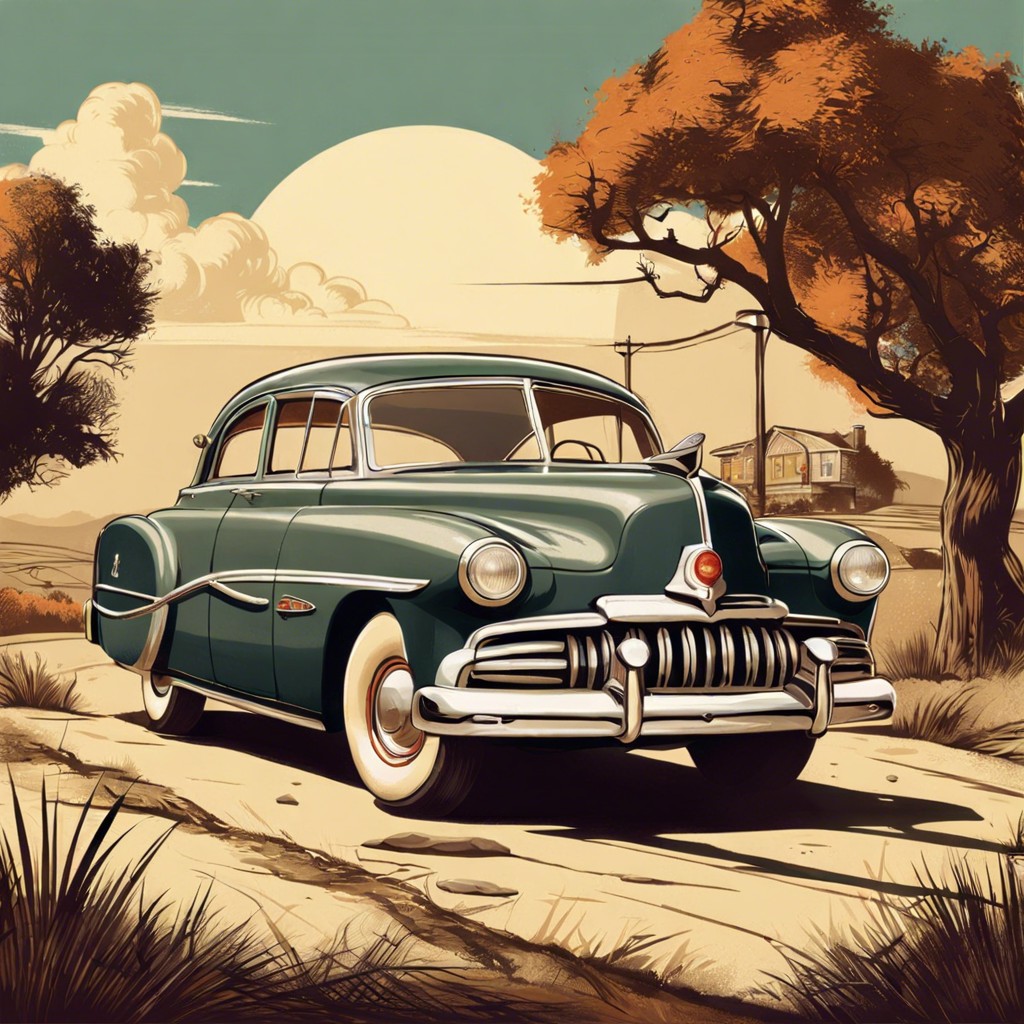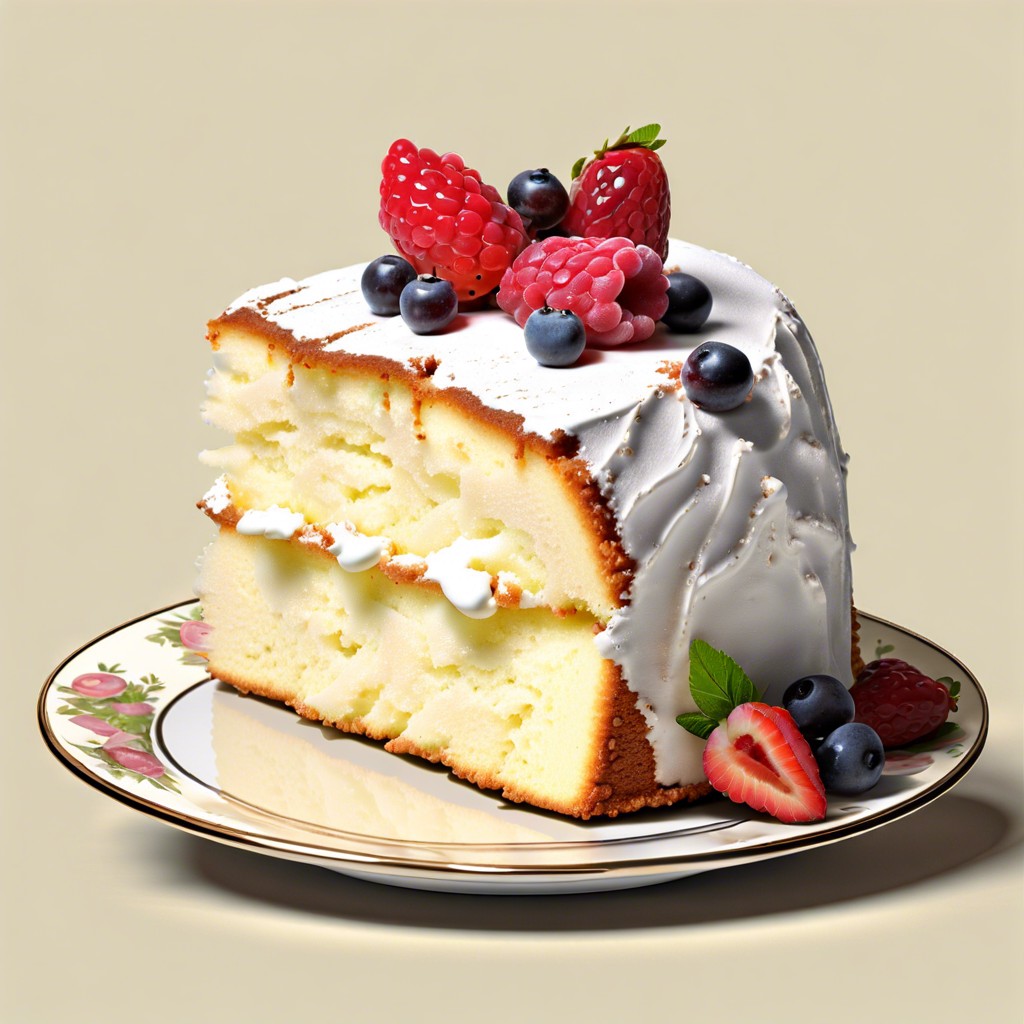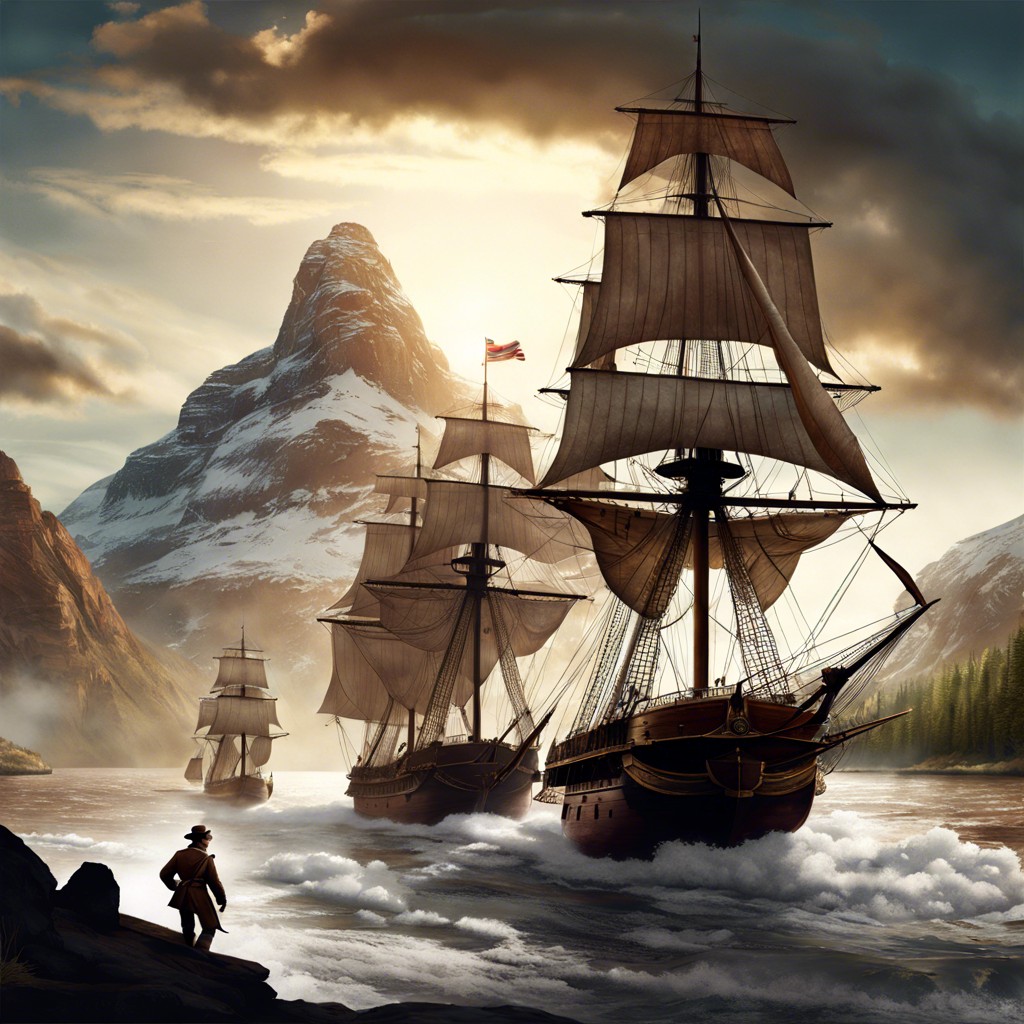Last updated on
Learn about different synonyms for “vintage” and their nuanced meanings to accurately describe anything that’s from another era.
Key takeaways:
- Vintage, retro, classic, old-fashioned, historic, and antiquated all have nuanced meanings.
- In the lexicon of antiques, “vintage” refers to high-quality items from a past era.
- Vintage items highlight craftsmanship and design of bygone days.
- “Retro” suggests deliberate recreation or preservation of a past era’s style.
- “Antique” refers to items of considerable age with historical significance.
Related Words

Delving into the lexicon of the past, a slew of terms akin to “vintage” surfaces. “Retro” often refers to styles that mimic specific, typically recent, decades—like looping back on a once-well-tread path. “Classic” conjures images of timeless elegance, suggesting pieces whose allure hasn’t waned with years. “Old-fashioned” evokes a sense of bygone norms, like a letter in a world of texts. “Historic” typically marks objects significant to the collective memory, items that have witnessed whispers of history. “Antiquated” denotes a level of age and obsolescence, signaling relics that have gracefully bowed to Father Time. These siblings in semantics each carry their distinct shades, painting a broader picture of what teeters on the edge of today and yesterday.
Thesaurus Definition of Vintage

In the lexicon of antiques, “vintage” refers to items of high quality from a past era, typically several decades old but less than a century. These pieces often encapsulate the style and trends of a particular time period, acting as a time capsule of sorts that highlights craftsmanship and design of bygone days. Used in wider contexts, this term can also denote the year or place of origin of a wine, emphasizing its character and pedigree. When employed in everyday conversations, it characterizes anything old yet cherished for its timeless appeal and enduring functionality. Reflecting on a vintage piece invokes a sense of nostalgia, a trip down memory lane where the patina of age adds to its allure.
Example Sentences

To grasp the essence of ‘vintage’, observe its application in a variety of sentences:
- The local market specializes in vintage apparel, with racks laden with fashion from bygone eras.
- He drives a vintage Mustang that looks as stylish today as it did fifty years ago.
- Their wine collection features several bottles from a highly-regarded vintage year.
- I spent the afternoon rummaging through the shop’s vintage vinyl records, discovering music that time forgot.
These sentences serve as practical examples of how ‘vintage’ integrates into everyday conversation, illustrating its use in denoting not just age but quality and enduring appeal. Its application often implies a certain nostalgia, a reverence for a time period reflected in the items’ enduring charm.
Synonym of the Day

“Retro” claims the spotlight today, inviting a jaunt into the past with a dash of style. This term radiates nostalgia, typically reserved for fashion, design, and technology hailing from recent bygone eras—think the vibrant ’60s or the groovy ’70s. Unlike some of its cousins in the synonym family, “retro” suggests an item’s deliberate recreation or preservation to capture the spirit of the time, rather than something that is authentically from that period. It’s the cherry red ’50s diner booth in a modern-day burger joint, a cultural time machine for the senses. Remember, “retro” might wink at the past, but it’s always shaking hands with the present.
Thesaurus Definition of Antique

Antiques, by definition, refer to items of considerable age, often beyond 100 years, that carry added value because of their historical significance, craftsmanship, rarity, and condition. These pieces act as tangible connections to bygone eras, holding stories and craftsmanship that modern reproductions seldom capture.
When exploring the world of antiques, one should recognize the distinction between ‘vintage’ and ‘antique.’ Although both signify age, ‘vintage’ typically describes items from a specific period within the last century, whereas ‘antique’ connotes items that have endured for at least a century. The age of an item is a key factor in its designation as an antique, but factors such as authenticity, provenance, and the item’s originality play crucial roles in its desirability and perceived value among collectors and enthusiasts.
Terms often used interchangeably with ‘antique’ include ‘heritage’ and ‘classic,’ all of which denote the high regard for older items preserved over time. Delving into antiques can open the door to a fascinating chapter of history, an enduring legacy that continues to enchant generations.




